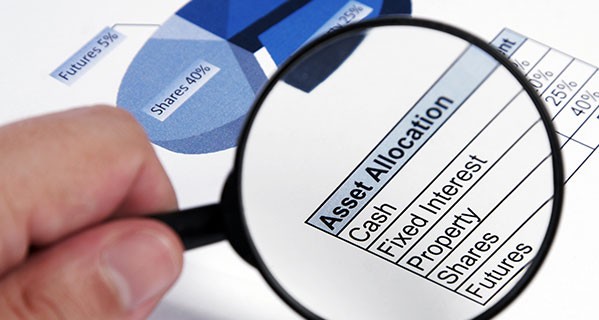Risk and reward in bonds and CDs Bankrate Inc
Post on: 19 Август, 2016 No Comment

Risk and reward in bonds and CDs
Posted: 6 am ET
The Federal Reserve looks to be on course to hike interest rates sometime next year. Like closing your eyes and waiting for the punch you know is coming, many bond investors have dreaded and feared the day that rates increase. The prices of bonds move inversely to rates so when rates go up, the prices of existing bonds will drop.
But bonds aren’t the only investments that will be adversely affected. A rate hike also could impact the owners of certificates of deposit. Savers will be stuck with low-yielding investments relative to those that become available as CD rates increase with those set by the Fed.
In order to mitigate interest rate risk and earn better returns, investors have been flocking to ultrashort-term bond funds, a recent story on the Wall Street Journal website reported, The Safety and the Risk in Ultrashort Bond Funds .
By scaling back in duration,a measure of interest rate sensitivity, investors hope to avoid the volatility anticipated in longer-term bond funds when the Fed raises rates. The values of longer-term bonds will take a hit as rates go up and that hit will increase with maturity.
Unlike investors who hold individual bonds to maturity and are nearly assured of recouping their investment when the bond comes due, bond fund investors are subject to the tumult introduced by fund managers and their fellow investors. In other words, losing money is possible in bond funds.
A loss in an ultrashort-term bond fund is possible as well, though to a lesser degree. The average duration of bonds in the ultrashort-term bond funds category averages 0.6 years, according to the fund research company, Morningstar. The duration of 0.6 years indicates that very short-term bonds have less interest rate sensitivity than their long-term cousins, with an average duration of 8.6 years.
The average one-year return in the ultrashort bond category is about 0.78 percent, Morningstar reports. For CD investors, the boost in yield may not be worth the steep increase in risk. According to Bankrate’s weekly survey, the average one-year CD yield is 0.24 percent.
For savers willing to climb up the risk ladder, there are a few unusual investments that can yield fat returns .

Would you take on the added risk of bond funds for the extra yield?
Get more Investing News with our free weekly newsletter .
Follow me on Twitter @SheynaSteiner
***
Senior investing reporter Sheyna Steiner is a co-author of Future Millionaires’ Guidebook, an e-book written by Bankrate editors and reporters. It’s available at all the major e-book retailers.














